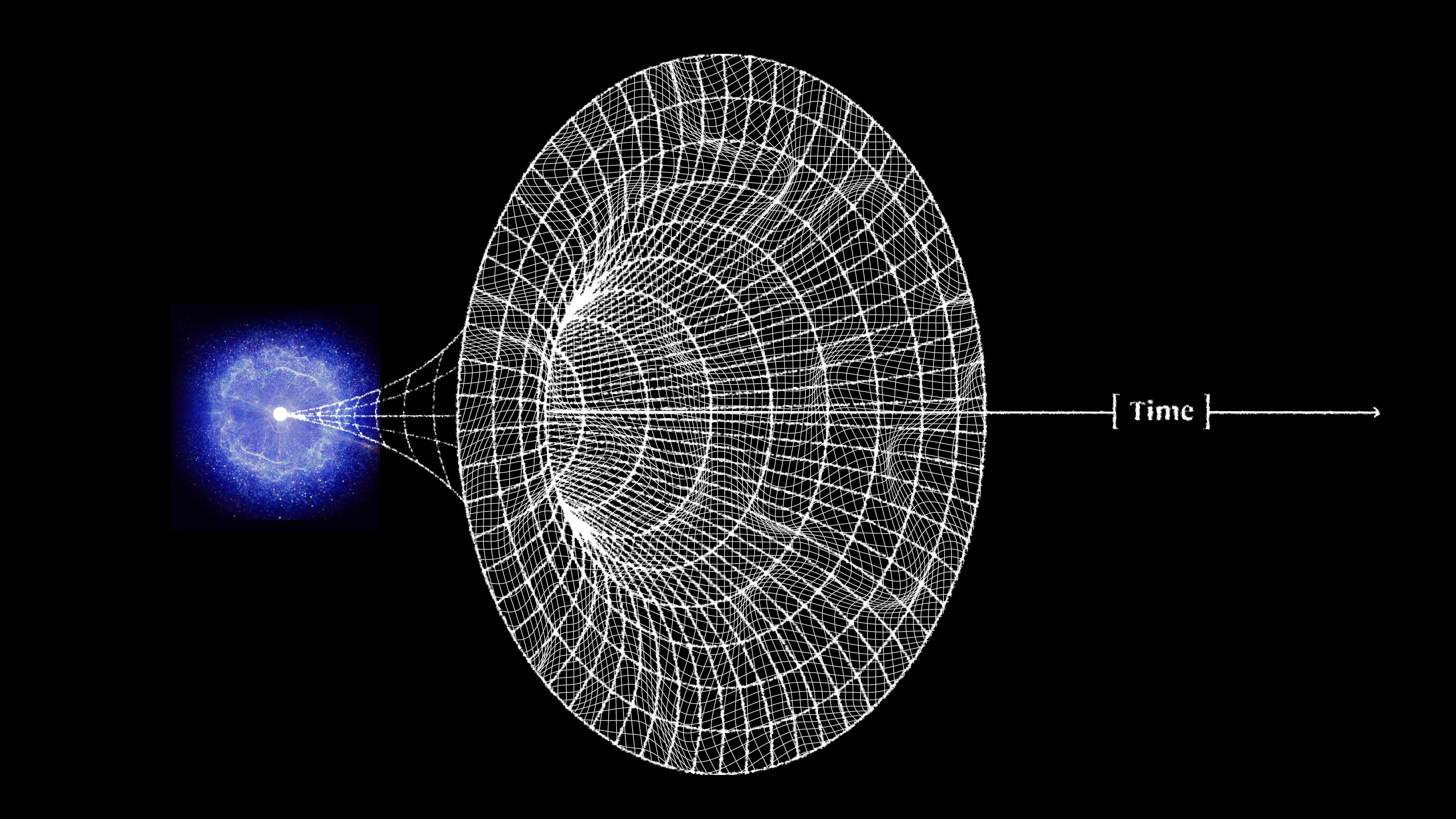Ghostly Physics
Why quantum entanglement spooked Einstein his entire life.
Image credit: Nature, October 2006 (vol 2 no 10).
‘Tis the season of ghouls, goblins, witches, demons, and things that go bump in the night. We thrill to embrace the unexpected and unexplained. Science, cloaked in its lab coat of authority and explicability, would seem to be the last thing on our minds.
Most scientists today would argue that there is no such thing as the supernatural; only aspects of nature that have yet to be explained adequately. (Those scientists who happen to be religious usually place faith in a completely different category, separate from mundane, testable phenomena.) If a dark cloud suddenly appears in the sky, blame pressure differences and wind velocity patterns, not sorcerers casting a spell. If a magician seems to make her assistant vanish into thin air, look for mirrors and trap doors, not rune books.
Why then did Albert Einstein, a credible scientist if there ever was one, find aspects of quantum physics ghostly? In particular, he deemed the phenomenon of quantum entanglement, where separate particles are represented by a common wave function, “spooky action at a distance.” He was aghast that the measured state of one particle could instantly determine that of the other, as if they could read each other’s minds.
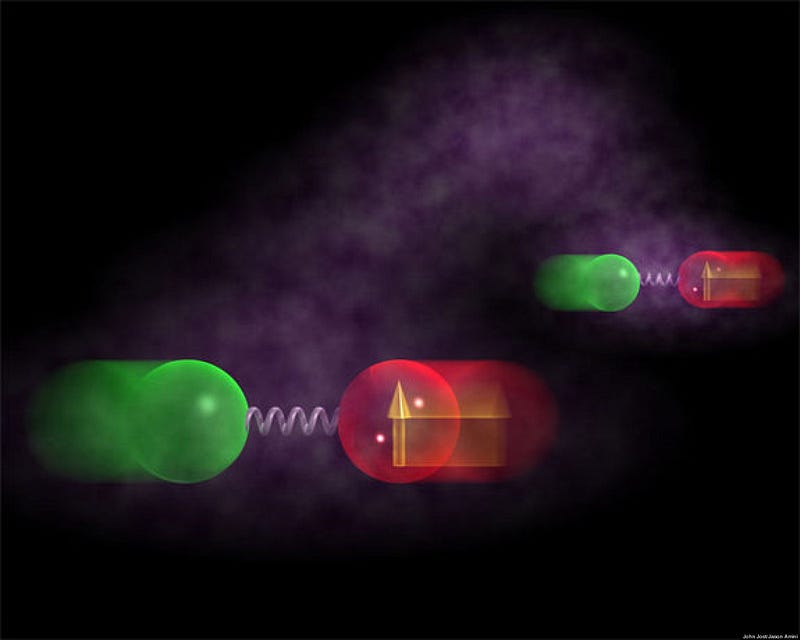
To understand Einstein’s motivations, we need to examine the clash in his formative years between the rationalists advocating a mechanistic universe in the tradition of Newton and Laplace, and the romantics, transcendentalists, theosophists, occultists, and other post-Enlightenment thinkers, who rebutted that there was more to the cosmos than simply its tangible, material things. While Einstein certainly wasn’t a strict Newtonian — his special and general theories of relativity overthrew Newton’s notions of absolute space and time — he shared Newton’s belief that simple, causal, deterministic equations govern the dynamics of how objects move and interact.
Surrounding Einstein during his late 19th century upbringing, however, were those who equated phenomena such as higher dimensions, unseen forms of radiation, and other scientific constructs with the spiritual realm. Some scientists such as Johann Zöllner and William Crookes became strong believers in the world of spirits and psychic phenomena, which Zöllner believed was the manifestation of extra-dimensional interactions. Even today the expression “from another dimension” sounds spooky.
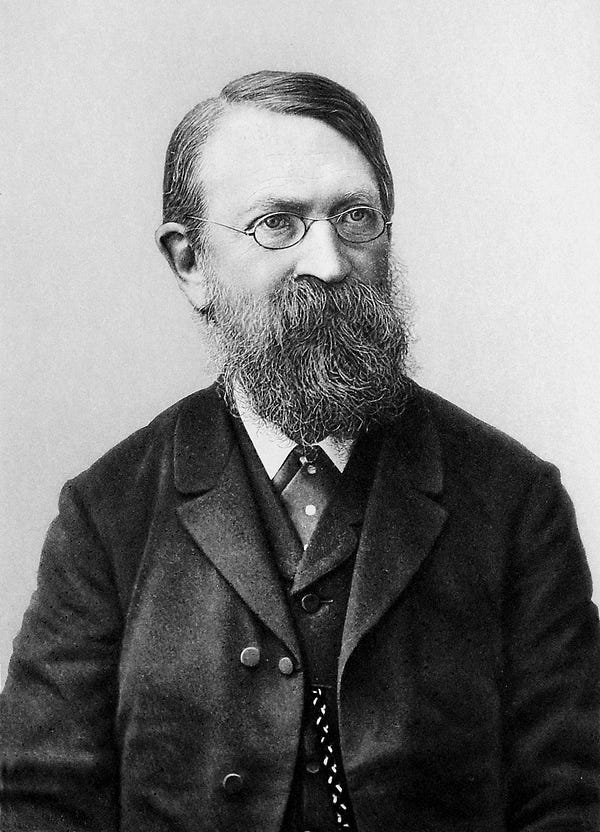
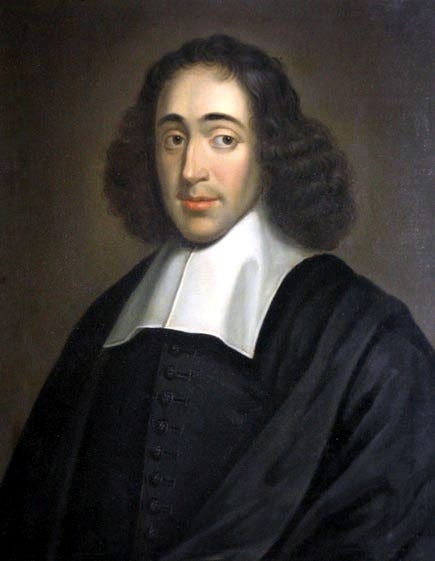
Einstein, on the other hand, eschewed the supernatural. He believed instead in what he called a “cosmic religion” in which natural order is the ultimate truth. Two thinkers that greatly influenced him were Dutch-Jewish theologian Baruch Spinoza, who equated the divine with perfect, immutable order, and Austrian scientist and philosopher Ernst Mach, who stressed that science should be based upon the perceptible. Unseen, acausal connections, therefore, were “unholy” in Einstein’s cosmic religion — telltale signs that a theory could not describe all manner of natural phenomena in an unambiguous way and was therefore incomplete.
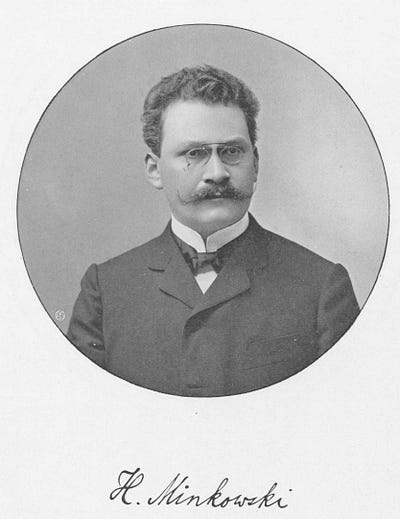
In 1907, two years after Einstein completed his special theory of relativity, Hermann Minkowski constructed an elegant way of reworking it using four-dimensional spacetime. At first, Einstein was mortified that his theory had been rewritten in abstract language that sounded like mysticism. The Machian in him sought to eschew higher dimensions in favor of realism. Persuaded by other physicists such as Max von Laue, however, Einstein changed his tune and accepted the four-dimensional version, which he later put to brilliant use in general relativity. Einstein convinced himself that because the fourth dimension was time, it was a realistic theory after all. As he later wrote (along with Leopold Infeld):
“The world of events forms a four-dimensional continuum. There is nothing mysterious about this, and the last sentence is equally true for classical physics and the relativity theory.”
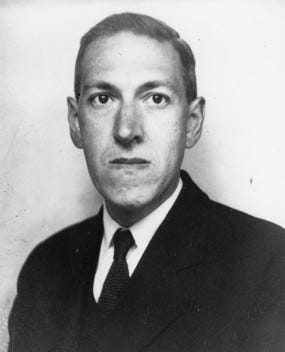
One writer who found quantum physics and higher dimensions to be spooky was H.P. Lovecraft. In Lovecraft’s classic story, “The Dreams in the Witch House,” published in 1932, ideas in modern physics such as hidden connections between distant points were used to scare readers by equating them with witchcraft. Consider this passage from the tale:
“Possibly Gilman ought not to have studied so hard. Non-Euclidean calculus and quantum physics are enough to stretch any brain, and when one mixes them with folklore, and tries to trace a strange background of multi-dimensional reality behind the ghoulish hints of the Gothic tales and the wild whispers of the chimney-corner, one can hardly expect to be wholly free from mental tension.”
Lovecraft’s characterization represented the kind of image Einstein wanted to avoid. He hoped that extra dimensions would be seen as perfectly ordinary constructs, not the dwelling places of witches, ghosts, and spirits.
Despite Einstein’s efforts to avoid the supernatural in favor of the tangible, he was often confronted by believers of the occult who wanted him to bless their notions about the afterlife and otherworldly powers. The influential 1927 book An Experiment with Time by JW Dunne used relativity as a launching pad for speculations about traveling through time via dreams.
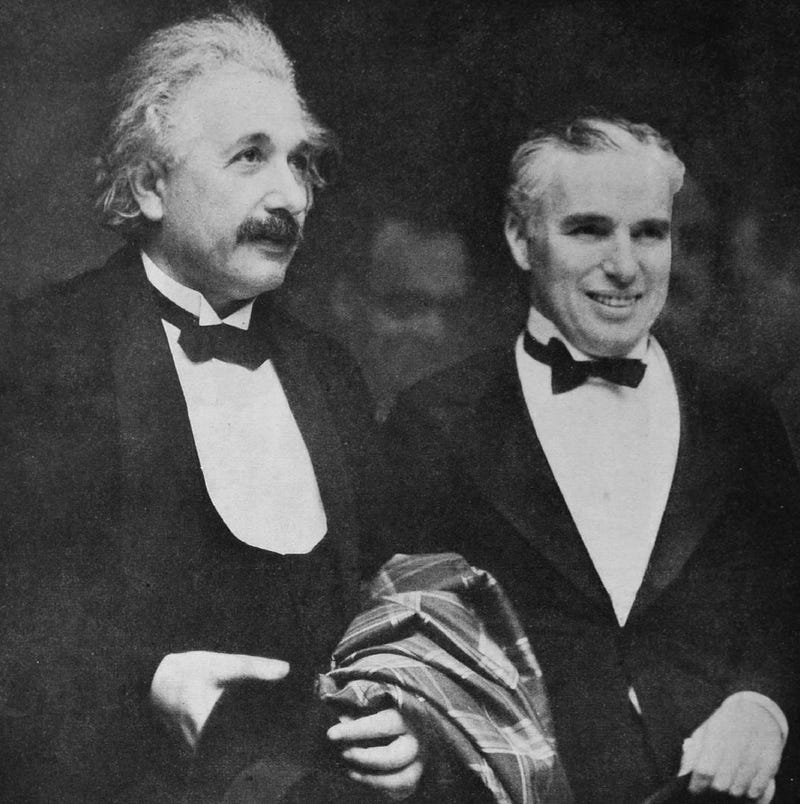
According to Charlie Chaplin’s autobiography, Chaplin’s friend and personal physician Cecil Reynolds once asked Einstein to comment on the book. Einstein said that he had never read it. Then Reynolds asked Einstein if he believed in ghosts. Einstein replied that he had never seen one and that furthermore,
“When twelve persons have witnessed the same phenomenon at the same time, then I might believe.”
Chaplin pointed out that Hollywood in his day was full of believers in psychic phenomenon. His assertion was borne out in a 1932 New Republic article describing an encounter between Gene Dennis, a Hollywood psychic, and Einstein. According to the article, the psychic claimed to have read Einstein’s aura and told him about aspects of his work that she couldn’t have known about. The article implied Einstein’s agreement with Dennis; more likely, he was humoring her.
Three years later, Einstein published the famous EPR (Einstein-Podolsky-Rosen) paper, “Can Quantum-Mechanical Description of Physical Reality Be Considered Complete?” offering his take on “spooky action at a distance” (although, as pointed out by Don Howard, Arthur Fine and other philosophers of science, it was Einstein’s assistant Boris Podolsky who actually wrote the paper, with Einstein wishing it were framed differently.) Nathan Rosen, another assistant, was the third author. Although Einstein’s beef with the Copenhagen (orthodox) interpretation of quantum mechanics dated back to the mid 1920s, the paper offered his most complete and influential critique.
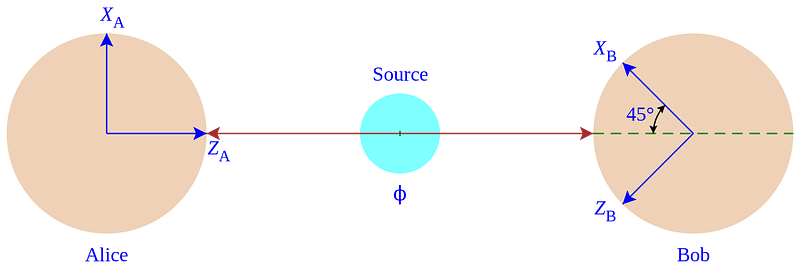
Briefly, the paper imagines two particles prepared in a mutual quantum state (a superposition), so that a measurement of the properties of one particle — position or momentum — would determine that of the other. Erwin Schrödinger dubbed such a state “entanglement.” According to the Copenhagen interpretation, a recording of the position of the first would trigger the combined quantum state’s collapse into position eigenstates, corresponding to certain position eigenvalues. Conversely, a reading of the momentum of the first, would precipitate a collapse into momentum eigenstates. However both position and momentum, as conjugate variables, could not be measured at the same time.
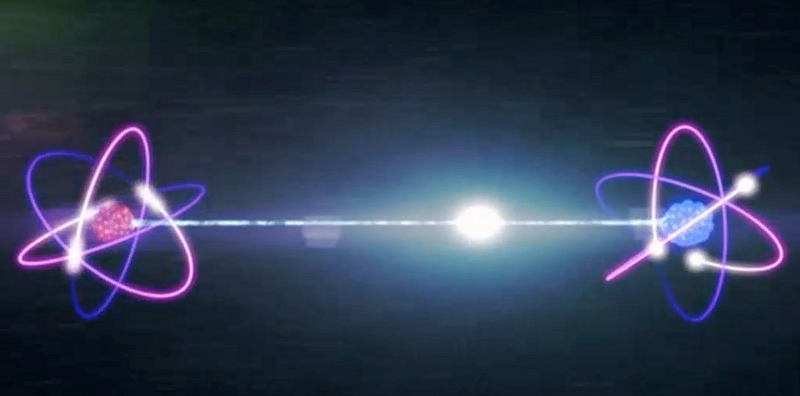
Now suppose the particles interact with each other and then are separated. How could one know instantly which type of eigenstate — position or momentum — it would need to be in, based on a measurement of the other one? It would have to be able to “read the mind” of the other particle or of the experimenter!
We can see why Einstein would be disturbed by such a scenario, even if it produced accurate results. Einstein was convinced that quantum mechanics offered an incomplete explanation of physical phenomena. From his perspective the need for “mind-reading” was a flaw of the theory.
Later, John Bell reimagined the EPR thought experiment, replacing position and momentum with spin states (electrons can have spin up or spin down), and developed a test for whether or not quantum interactions could be non-local (such that if one is measured spin up, the other must instantly become spin down, and the converse). Indeed actual experiments have shown that quantum state collapse does yield the instant effect that the eigenstate of one determines the other. Entanglement is now being exploited in the development of quantum computing.
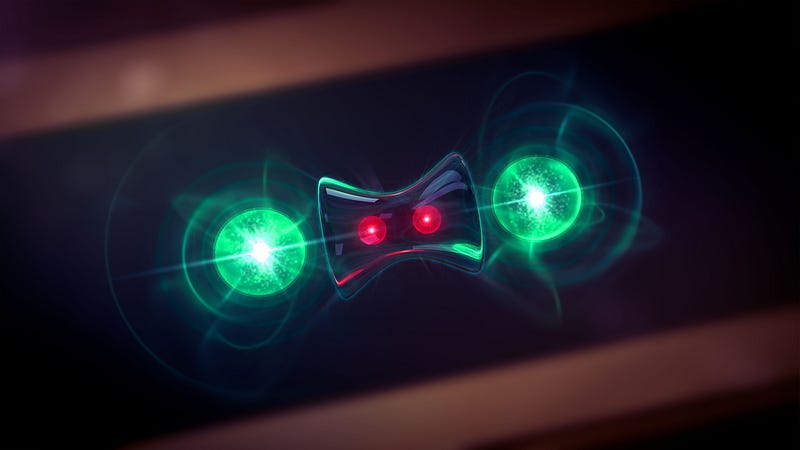
Einstein spent his final decades trying to develop a unified field theory, uniting electromagnetism with gravitation, which he hoped would supersede quantum mechanics. He aspired that the theory would be local and deterministic, rather than full of “ghostly” influences and dice-rolling.
Which brings me to an announcement. If you’d like to read more about Einstein’s quest for unification, and his interactions with Schrödinger about quantum physics and unified theories, I’m delighted to report that my latest book, Einstein’s Dice and Schrödinger’s Cat: How Two Great Minds Battled Quantum Randomness to Create a Unified Theory of Physics, is now available for preorder through Basic Books and Amazon.

Have a Spooky Quantum Halloween!
This post was written by Paul Halpern, Professor of Physics at the University of the Sciences in Philadelphia, PA. Follow Paul’s tweets at @phalpern.
Leave your comments at the Starts With A Bang forum on Scienceblogs!



